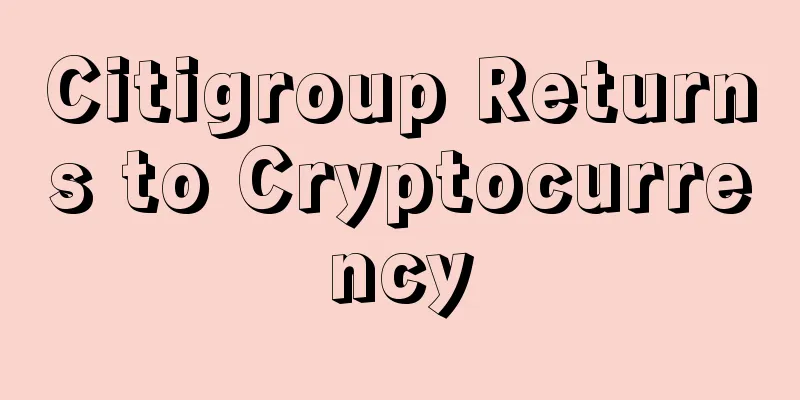What does Restaking bring to Ethereum?

|
The value cornerstone of Restaking is EigenLayer's AVS. From the perspective of block space economics, Rollup L2 abstracts the resale of Ethereum's block space, and AVS abstracts the sale of Ethereum's economic security. There is a theoretical assumption in the market that although Restaking increases the consensus load of Ethereum, the LRT project with a higher Staking yield can help increase the pledge rate and price of Ethereum and thus enhance the economic security of the main network. By observing Dune’s on-chain data dashboard, we can see that the above assumptions are somewhat inconsistent with the facts: The growth trend of ETH Staking net inflow brought about by the Restaking Fomo craze lasted for a short time. The time period was only from January 19 to February 13 this year, less than one month. Although the net inflow is still above the 0 axis, it is at the historical bottom range. The overall positive impact on ETH Staking is far less than that of the Shanghai upgrade. Over the past 24 years, the total number of Ethereum staking has increased from 29.206 million to 321.14, a growth rate of 10%. However, the slope of this growth trend is almost the same as that during the sideways bear market in Q3 2023. And January 24 is exactly the market adjustment period after the Bitcoin ETF was passed. It can be seen here that the PMF of the Restaking project is the high ETH-based passive income of Restaking + the market adjustment period. The correlation with the AVS narrative of EigenLayer is relatively weak. Restaking projects such as Etherfi and Renzo are eating up the new staking share of LST such as Lido and Rocket Pool. Currently, Restaking projects account for 40% of the new staking market share. Judging from the monthly changes, traditional Staking protocols and platforms such as Lido, Figment, Binance, and P2P.org are experiencing outflows, while Restaking protocols such as Etherfi and Renzo are experiencing significant net inflows. But it is worth noting that Figment and Binance are continuously investing in the primary market to incubate Restaking protocols, while Lido is passive due to the constraint of reaching the 1/3 Staking market share threshold. Therefore, Restaking can actually be seen as a siege jointly launched by the Restaking project and Lido competitors. In this process, Lido lost market share and gained ethical security within the Ethereum ecosystem. Figment and Binance are just transferring assets from one hand to the other, issuing assets in a bull market at the cost of losing some passive income. Etherfi is the first successful case. |
<<: Bitcoin consolidates above $70,000 as volatility falls
>>: Premium Cryptocurrency - Bitcoin will be more scarce than gold after halving
Recommend
Do women with hump noses always speak aggressively?
In daily life, women are very concerned about the...
Will Bitcoin reach $2,100 in 2017? This investment bank thinks so
According to Fortune, Bitcoin prices have increas...
Are women with lion noses very lucky for their husbands? Is the fate of a lion nose good or bad?
Speaking of noses, I believe many of my friends c...
What physiognomy did Zeng Guofan propose in "Ice Mirror"?
"Draft History of Qing Dynasty, Biography of...
Illustration of what kind of facial features do women have that can harm their husbands?
Do all women who bring bad luck to their husbands...
Plan to produce 400,000 mining machines per year remains a mystery, 7-nanometer chip development lags behind, and Ebang cuts production to survive
Text|Wu Xusheng Editor|Hoho, Wendao Recently, Eba...
The length of fingers can tell a man's fate
The five fingers represent the fate of a man. 【Th...
There is a mole behind the ear. What does it mean?
Many people dislike moles because some moles on t...
Market analysis: Bitcoin continues to fluctuate upward, Litecoin fell 2% on the eve of halving
In the past 24 hours, the overall cryptocurrency ...
The giant baby mentality always hopes that others will face his face
In fact, when people grow up to a certain age, th...
How to see through the mystery of a woman's mouth
The mouth is one of our five facial features. The...
Face analysis: The faces of couples most likely to become emotionally alienated
Face analysis: The faces of couples most likely t...
Men's facial features that indicate they will become rich after marriage
In physiognomy, different facial features indicat...
Contemporary Financier: Looking at Virtual Currency Regulation from China’s First BTC Criminal Case
The regulation of virtual currency should not be ...
Bitcoin tycoons gather in secret on Caribbean island
This week, an unnamed Caribbean island became a s...









